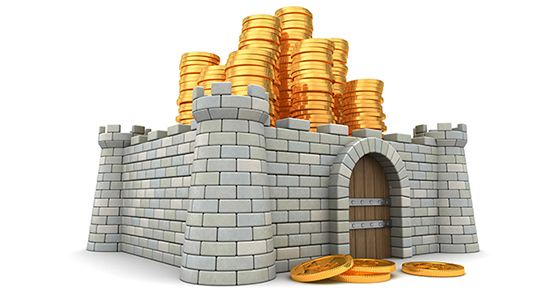How to boost the potential of your nonprofit’s special event

Not-for-profits use special events to raise large amounts in a short period of time. Most often, the donor receives a direct benefit from the event — such as dinner or participation in a gaming activity. But special events don’t always meet their fundraising goals. In fact, organizations can lose money on them. Following these steps can help boost your event’s potential and enable you to decide whether to hold it again in the future.
Step 1: Make a budget
Planning and holding a successful event is a process that should start with a budget. Estimate what you anticipate revenue to be. If costs are likely to be greater than revenue, consider forgoing the event. Of course, you can also come up with a less costly event or look for sponsors to help defray expenses.
Step 2: Develop a marketing plan
Determine the target audience for your event and the best way to reach that audience. For example, bingo nights are often popular with seniors. And they may be more likely to read about the event in the local newspaper than on your nonprofit’s blog.
Step 3: Account for everything
Track all of your event’s costs to arrive at an accurate net profit amount. For example, a gala’s costs could include:
• Amounts paid to market the event, such as printed invitations and paid advertisements,
• Amounts paid related to the direct benefit that the participant receives, such as food, drinks and giveaways, and
• Other actual event costs, such as rental space and wait staff.
Step 4: Evaluate the event
After the event, review a detailed statement of its revenue and expenses, and compare them to what was budgeted. Take a look at ticket sales: Did you bring in the amount you had anticipated? Was the attendance worth the amount of planning and organizing that went into the event? Next, evaluate money raised at the event itself. How much did your silent auction or raffle raise? Did you make more than the fair market value of the items donated?
Also review unexpected expenses. Were these “one-time” or “special” costs that aren’t likely to occur yearly, or are they recurring? The answers to these questions can help you determine if the event was a true success.
Crunching the numbers
Consider these results — along with changes in your organization and evolving economic conditions that could affect profitability — when determining whether your event is likely to be successful in the future. If you’re unsure, contact us. We can help you crunch the numbers.
© 2018




